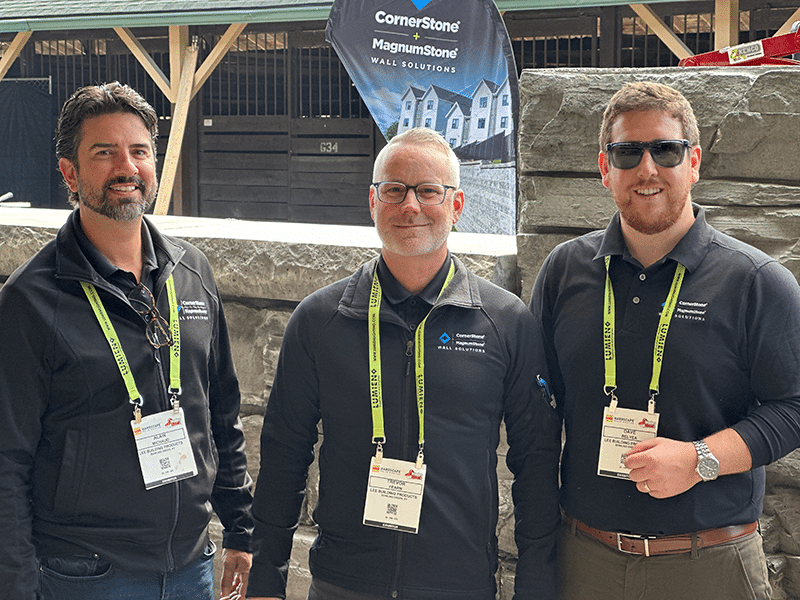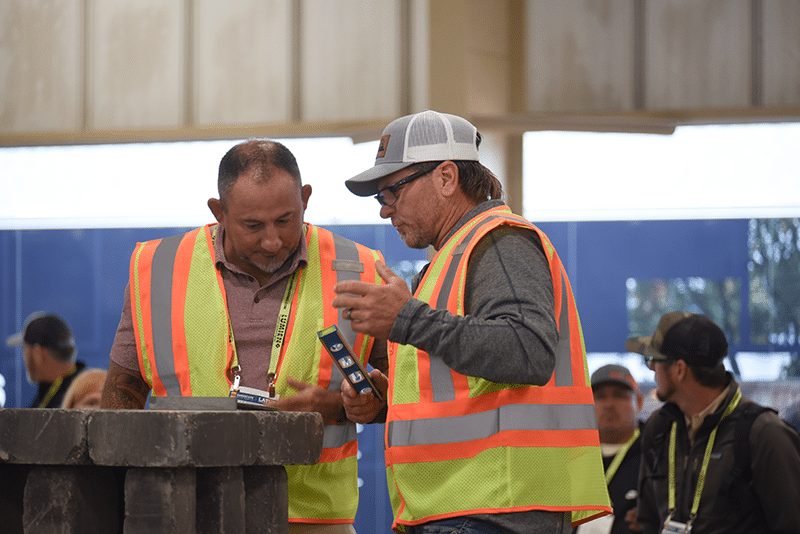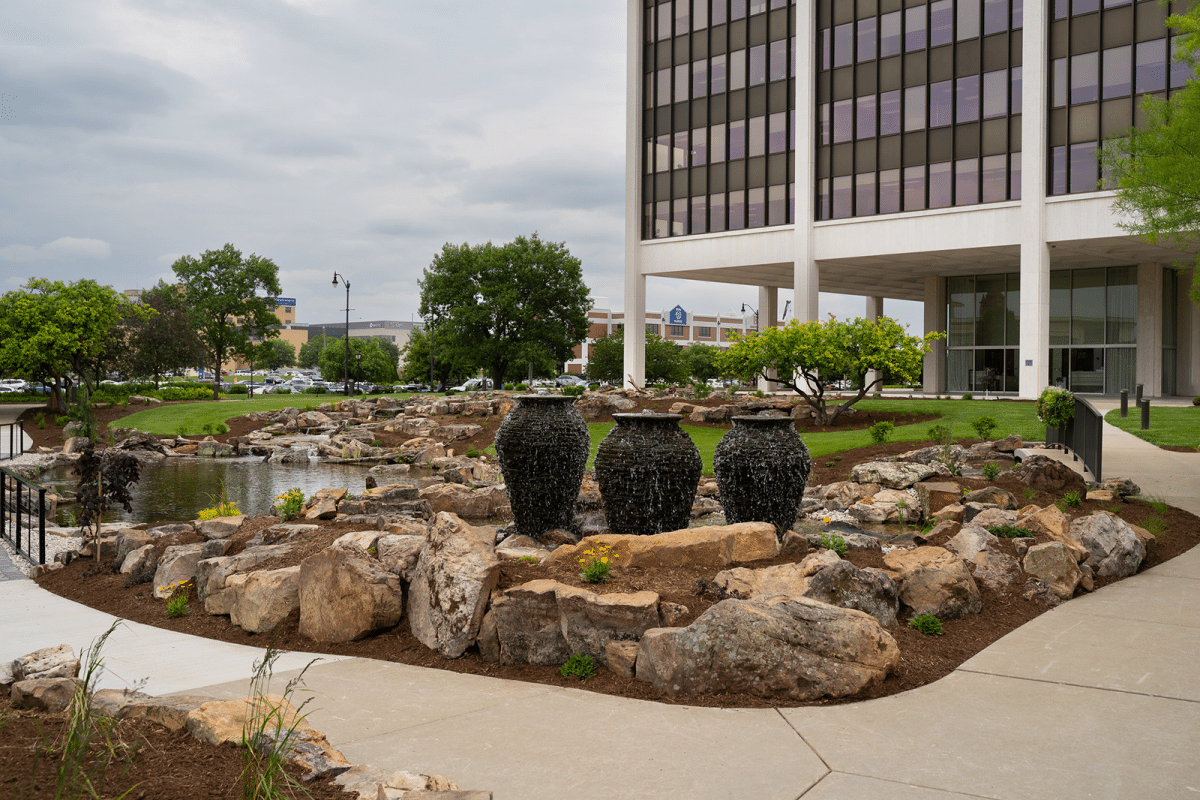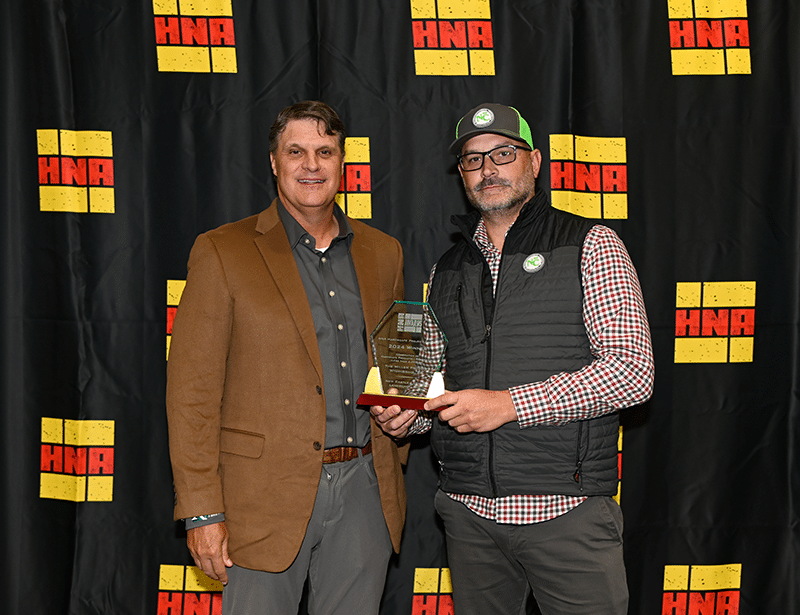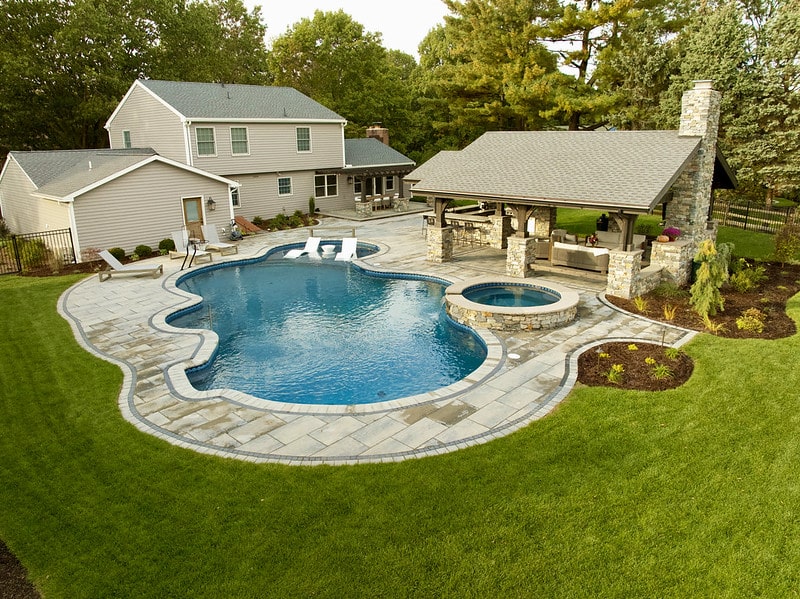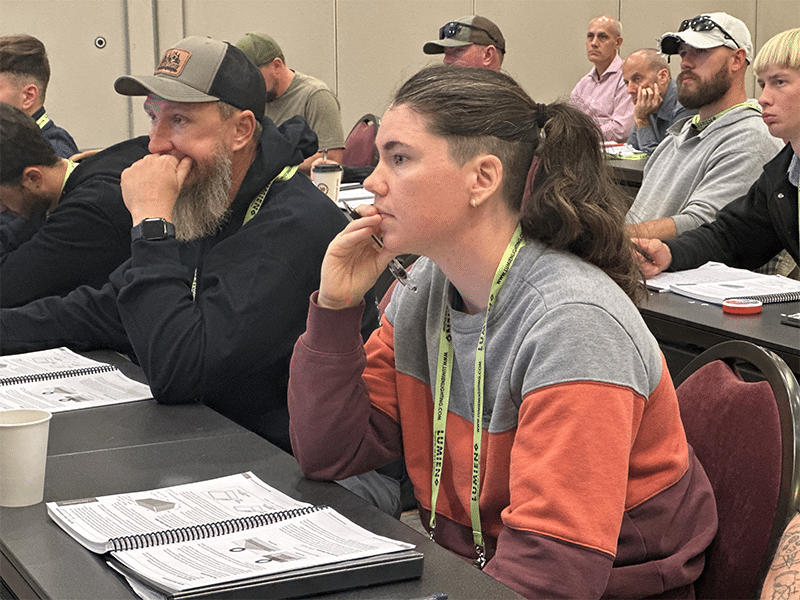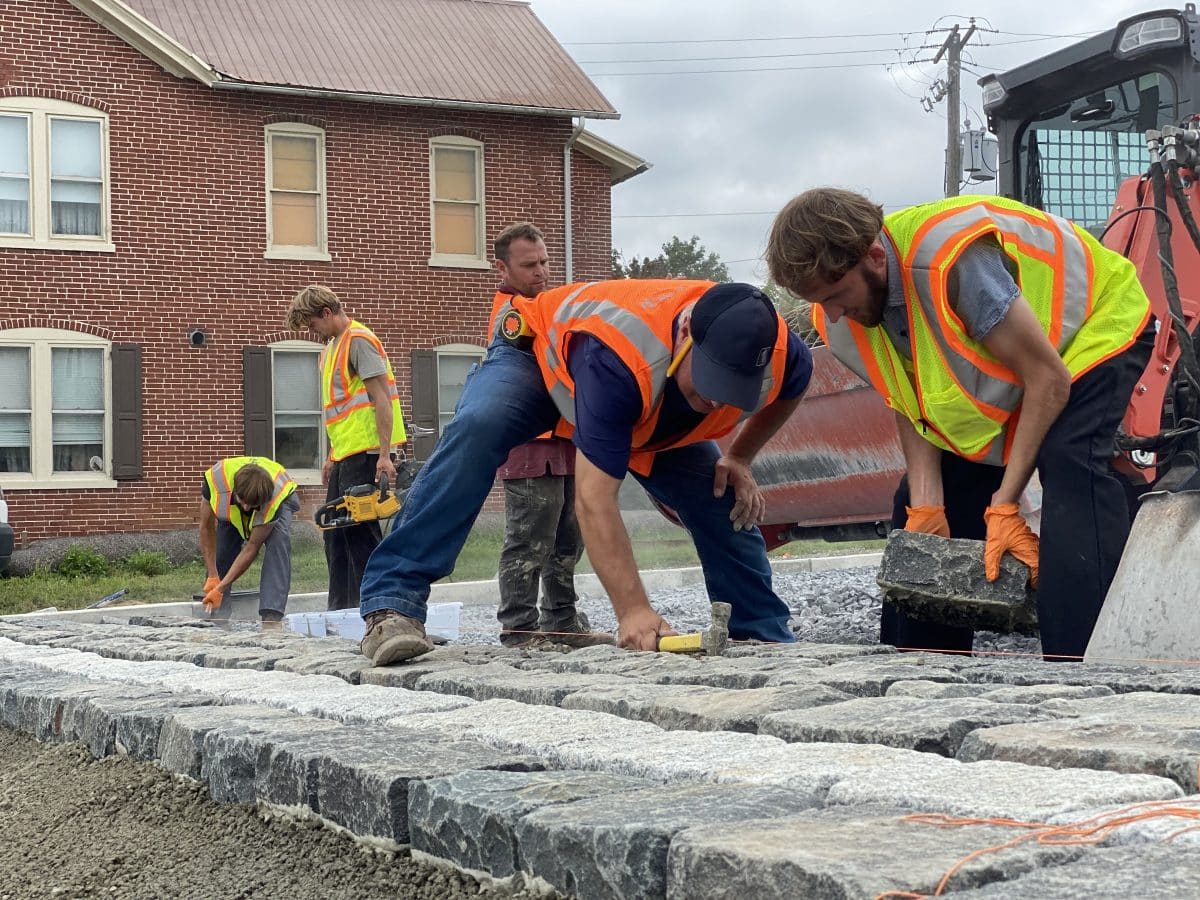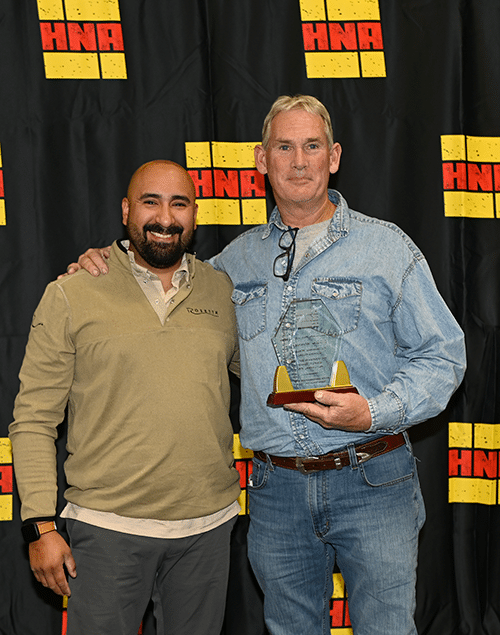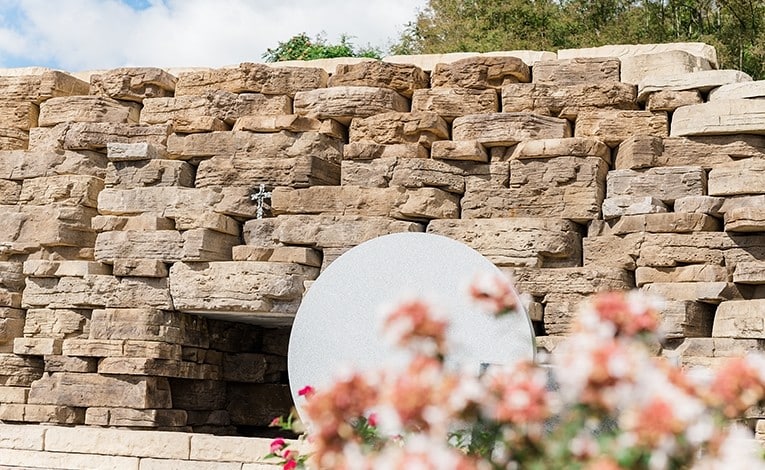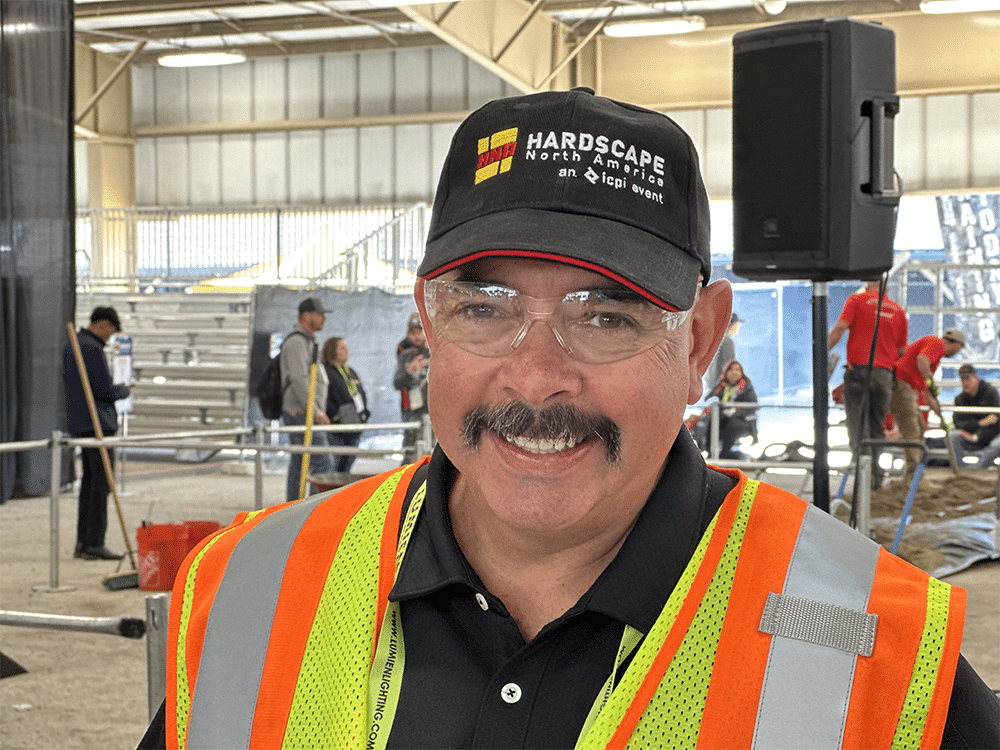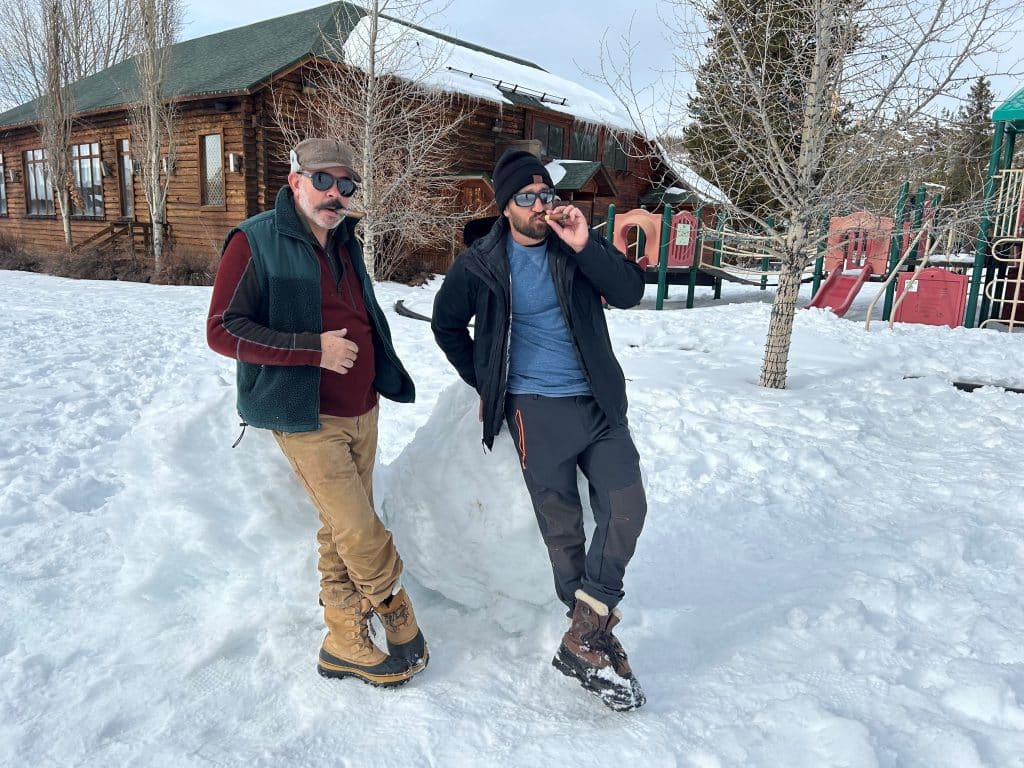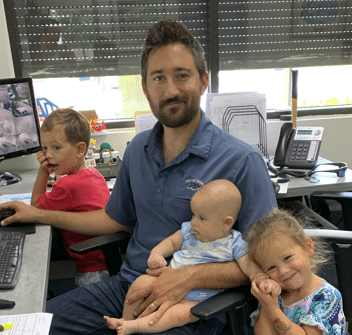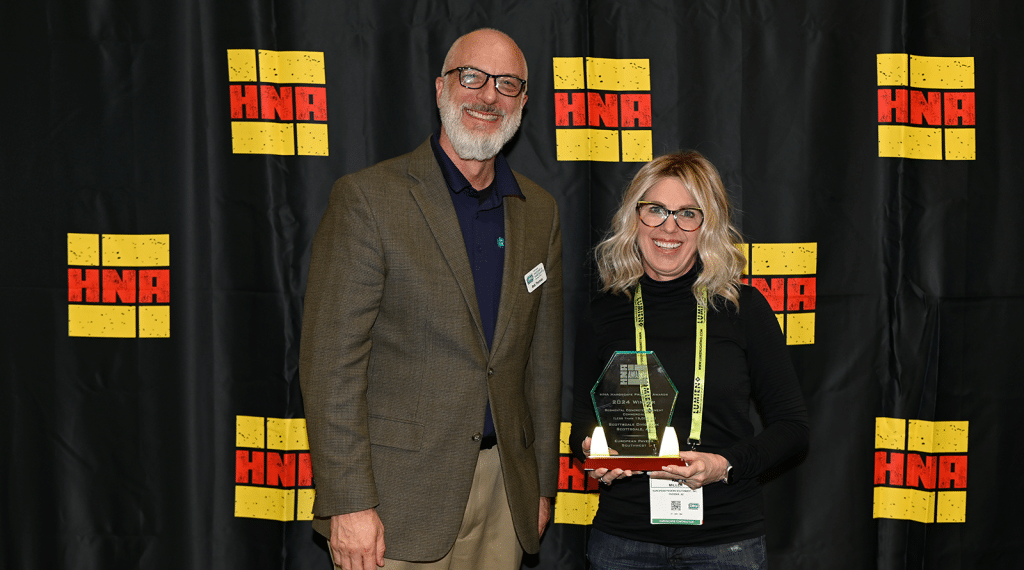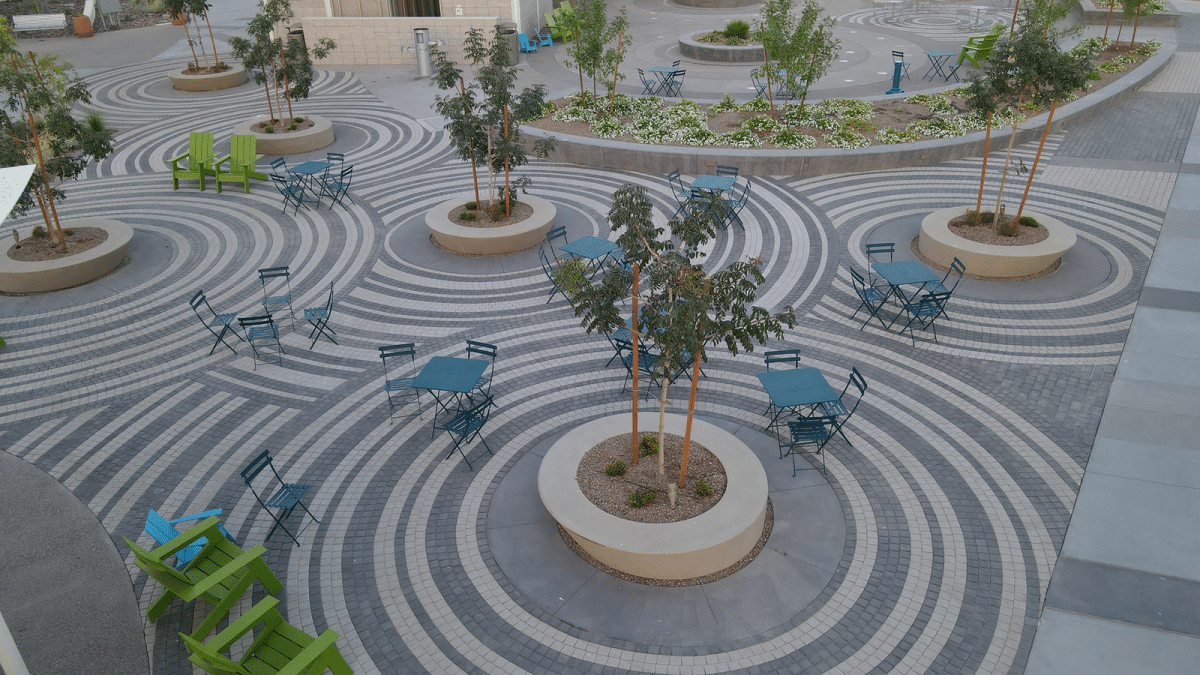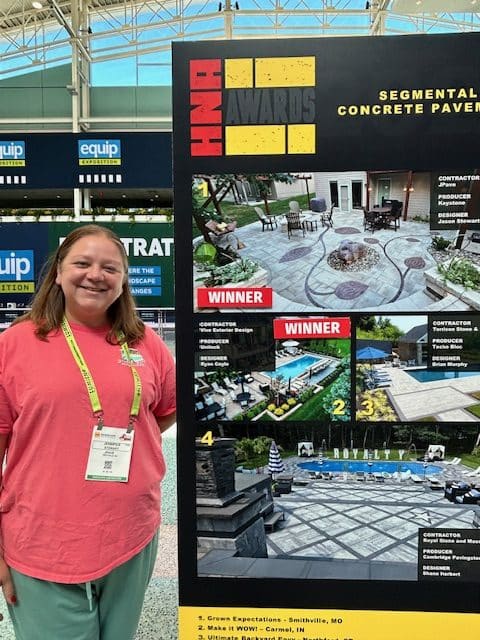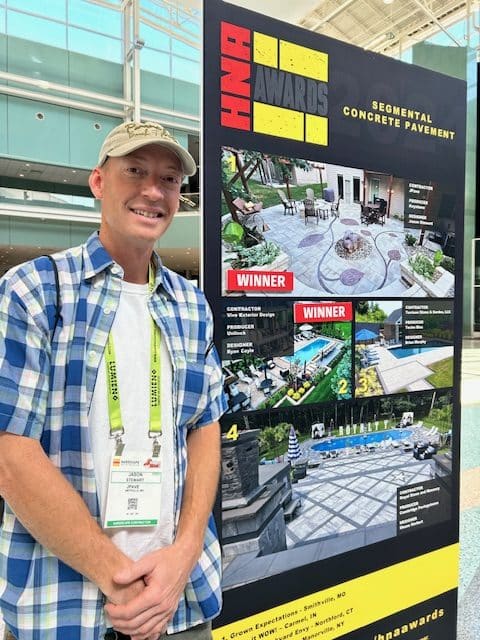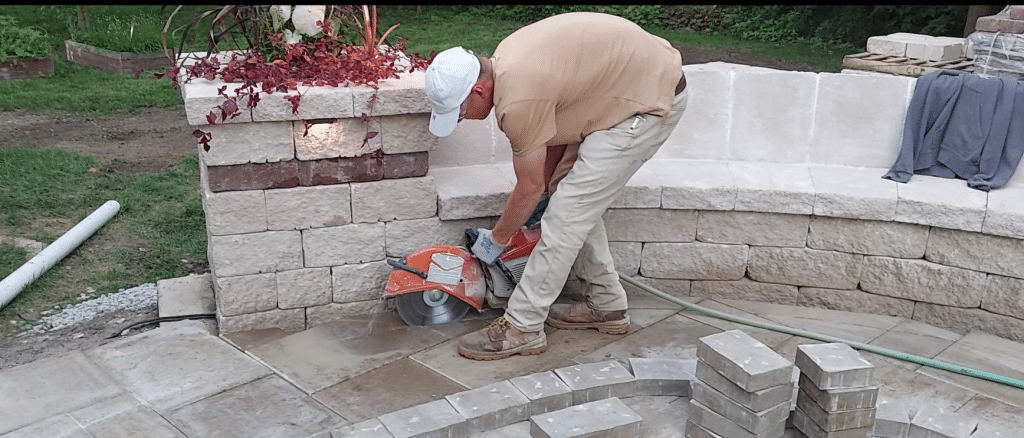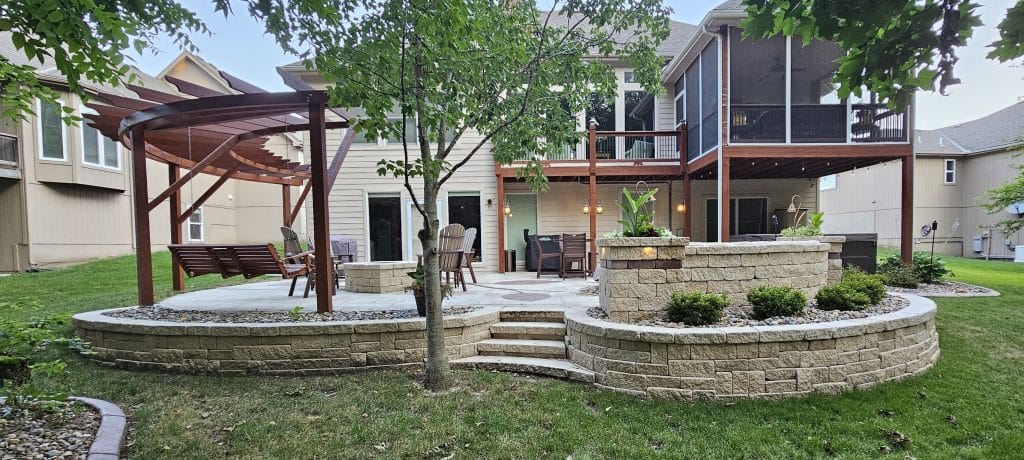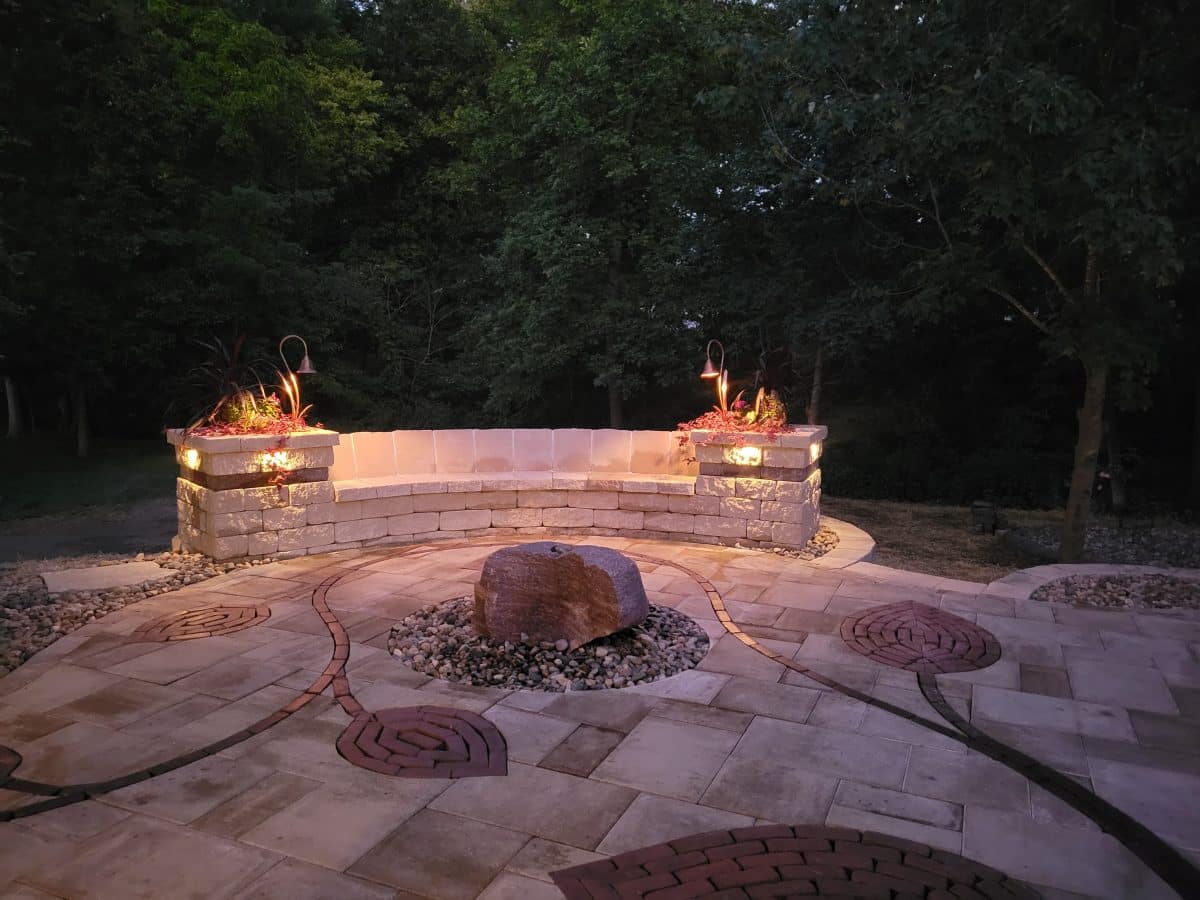Reputation Matters in Hardscaping: Building a Reputation Through Quality Work
Hardscaping is a trade built on trust, relationships, and reputation.
Delivering high-quality work is one of the most effective ways to establish a strong professional reputation. A well-executed project not only satisfies your client but can also lead to repeat business and valuable word-of-mouth referrals.
Reliable and Trustworthy
Your reputation is your most valuable asset in the hardscaping industry. When clients and contractors know they can count on you for top-tier work, they’re more likely to refer you to others and bring you back for future projects.
“For job seekers in the hardscaping industry, reputation is everything. Start by mastering the fundamentals—pay attention to detail, work efficiently, and always strive for quality. Be reliable and professional in every situation, no matter how large or small the opportunity is,” said Trevor Fearn, VP Operations at CornerStone Wall Solutions Inc.
Andrew Vear, a longtime installer and consultant, also emphasized the importance of reliability and trust. He recommends maintaining strong relationships with past clients.
“They’ve already done business with you, they already trust you. They’re the best people to do business with,” Vear said.
A Job Well Done
Jason Stewart, owner of JPAVE, shared that having a reputation for high-quality work has earned him repeat business and new contracts. “I get hired in a lot of times because of my quality, and to clean up somebody’s mess,” Stewart said.
For Nelson Braybrook, owner of Call Nelson Landscaping in Mississauga, Ontario, word-of-mouth referrals have been a driving force in his success. One of his early projects led to a lasting connection with a family who was so impressed with his craftsmanship and professionalism that they sought him out and tracked him down years later, even after he left his previous company. That single job sparked a chain reaction, with their friends and colleagues at the local college continuing to recommend him.
“Somehow, I ended up in this college network with everybody,” he said. “And it just worked out really well.”
Braybrook attributes this loyalty to the high standards he sets for himself and his work. Clients know they are getting quality craftsmanship, honest service, and a finished project they can be proud of.
“They know they’re getting a good job. They know their money’s not going to get stolen from them, and they’re not just going to get generally ripped off,” Braybrook said. “They know they’re going to get a quality project.”
A job well done doesn’t just lead to satisfied clients—it creates advocates who will recommend you to their friends, family, and colleagues. On the flip side, poor craftsmanship can do just as much damage to your career as quality work can build it.
“If you can get three referrals from a good job, that’s great,” Vear said. “But 100 people will see a bad job.”
Sloppy work, delays, and lack of professionalism can quickly tarnish a hardscaper’s reputation, making it harder to land jobs in the future.
The Role of CMHA in Building Your Reputation
Organizations like the Concrete Masonry and Hardscapes Association (CMHA) provide hardscapers with valuable training, certifications, and mentorship to help them refine their craft.
“Always be willing to learn and grow—whether that means seeking mentorship, taking certification courses, or attending industry events,” Fearn said.
By taking advantage of these resources, professionals and aspiring hardscapers can gain the skills needed to consistently produce high-quality work that builds their reputation.
While quality work is a key driver of success, reputation is also built through professional networks. Be sure to check out our companion blog post, Reputation Matters in Hardscaping: Building Your Reputation Through Professional Networks, on how networking and industry connections can take your career to the next level.


